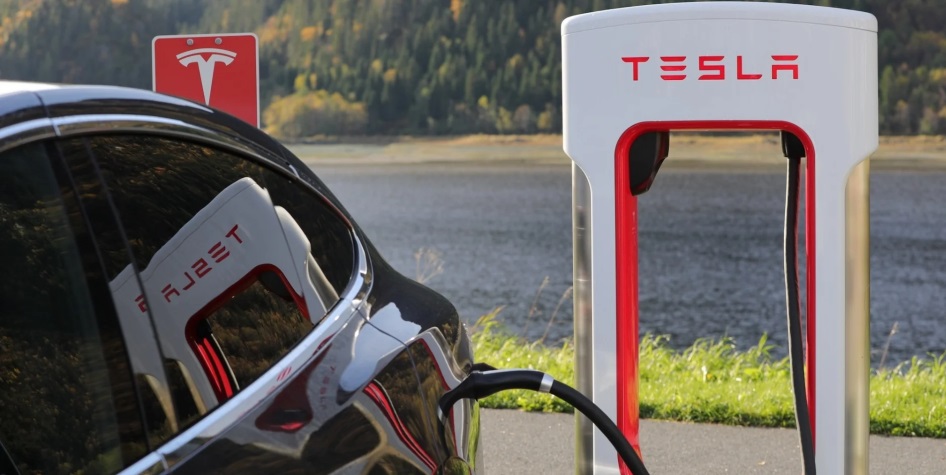Following a public consultation on the new charging infrastructure parameters issued by the Energy Regulatory Commission (CRE), a debate has arisen in the public and private sectors regarding the types of connectors to be regulated in Mexico.
Since the beginning of the consultation, various voices from the automotive sector have provided comments reflecting the diversity and market needs.
Most observations agree on the need to establish the adoption of NACS and CCS1 connectors for the integration of electric and plug-in hybrid vehicles into the National Electric System (SEN), along with modifications in definitions and a more precise legal framework.
Indeed, the concern over the requirement to equip charging stations with at least two types of connectors is the one that stands out the most among major charging infrastructure companies.
This measure sparked debate about its viability, impact on expansion, and accessibility of charging.
In light of this perspective, Walter Julián Ángel Jiménez, commissioner of the CRE, explains to Mobility Portal Latinoamérica that “the regulator’s vision is not to lean towards any country or industry.”
It is worth noting that the General Administrative Provisions (DACG) aim to regulate the orderly and safe connection of charging infrastructure for electric and plug-in hybrid vehicles to the SEN.
One of the novelties of this framework is the development of a digital platform that allows tracking the evolution of the charging infrastructure.
“Currently, the most widespread connector in Mexico is CHAdeMO, not NACS, due to the introduction of Chinese companies. Also, the European connector,” he adds about the national landscape.
So, what will determine the type of connector?
The CRE commissioner assures that they are “open to integration” depending on how the market evolves in the future.
A dynamic scenario is proposed that will largely depend on market and technological developments.
Growth outlook and future regulation on the horizon
The electric mobility market in Mexico is currently experiencing a period of expansion, with prospects for “sustained exponential growth,” according to Jimenez.
This growth is driven by the gradual reduction in electric vehicle prices and the increasing availability of charging infrastructure.
“We see it as a positive long-term scenario. The regulator will provide all the facilities to move forward,” he announces regarding facilitating the sector’s development.
He also anticipates the implementation of new regulations that will contribute to strengthening electromobility starting in the second half of the year.
This pertains to regulations related to controllable demand, which would allow electric vehicles to contribute to the electrical grid through their batteries.
“It will establish conditions of interoperability between these systems, as well as the compensation mechanism,” he explains.
What is Tesla’s opinion on the conditions set forth by the CRE?
Represented by Eugenio Grandio, Head of Public Policy and Business Development for Latin America, Tesla expressed its interest in collaborating with Mexico to accelerate the transition to emission-free mobility and contribute to the country’s economic development.
In general terms, Tesla raises four concerns:
First, it questions the authority of the Energy Regulatory Commission to enact General Administrative Provisions regarding charging connectors.
The obligation to have an independent electricity supply service contract for charging stations is another aspect that the company considers problematic, as it could unnecessarily complicate the operation of charging stations.
Thirdly, it expresses concern about the requirement to equip charging stations with at least two types of connectors. It would impose a disproportionate economic and technical burden on operators, making the effective deployment of charging infrastructure difficult.
Tesla highlights the importance of the NACS/J3400 connector in North America and finds it impractical to mandate the use of various connector types such as GB/T and CHAdeMO.
Lastly, the automaker points out that the presentation and labeling of electricity prices on rate panels do not apply to how charging services are used.
Read more: In detail: Tesla’s document questions Mexico’s new charging regulations







